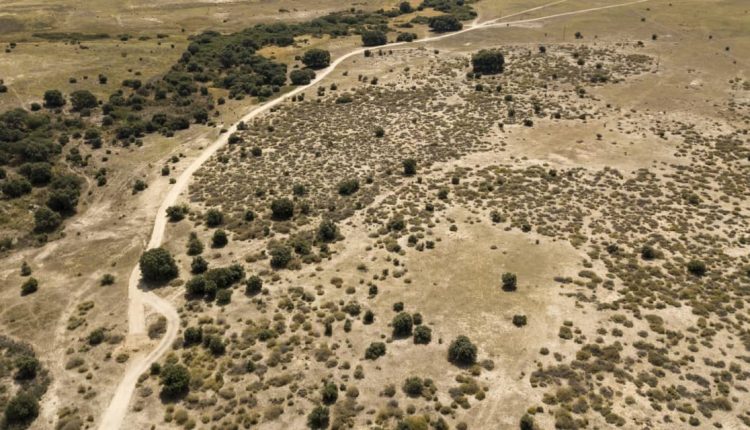Artificial intelligence is a gamechanger. It’s also a water guzzler.
A new study finds that Alphabet’s Google (ticker: GOOGL),
Microsoft,
(MSFT) and
Meta Platforms
(META) together withdrew more than 2 billion cubic meters of freshwater for server cooling and electricity usage in 2022, more than twice Denmark’s total water withdrawal in a year.
Training natural language models—such as GPT, the model behind the popular chatbot ChatGPT—requires water to cool the power-hungry data-center servers that run those programs. The same goes for Bard, developed by Alphabet‘s Google, and Bing Chat from Microsoft.
“AI represents one of the most prominent and fastest expanding workloads in data centers,” said researchers from the University of California, Riverside, and the University of Texas at Arlington, in a paper awaiting peer review. AI models also have a big water footprint that “has remained under the radar,” they added.
Shaolei Ren, associate professor of electrical and computer engineering at the University of California, Riverside, and a co-author of the paper, said data centers are “extremely thirsty” and “use an enormous amount of water for both on-site cooling and off-site electricity generation.”
Ren and his colleagues estimate that training GPT-3 “in Microsoft’s state-of-the-art U.S. data centers” consumes a total of 5.4 million liters of water over about two to four weeks and that GPT-3 “needs to ‘drink’” the equivalent of a 500ml bottle of water—about 17 fluid ounces—for a simple conversation of about 10-50 questions and answers.
“These numbers may increase for the newly-launched GPT-4 that reportedly has a substantially larger model size,” they said.
Water has already become a big issue for Big Tech, cropping up regularly in company sustainability reports that tout “water stewardship” and becoming “net water positive.”
Microsoft, Meta Platforms‘ (META) Facebook, and Google, have all pledged to be “water positive” and replenish more water than they use in their direct operations by 2030.
Google said in its latest environmental report that in 2022 “total water consumption at our data centers and offices was 5.6 billion gallons—the equivalent of what it takes to irrigate 37 golf courses annually, on average, in the southwestern United States.”
Google referred Barron’s to a blog post that describes what the company calls a climate-conscious approach to cooling its data centers and lays out its commitment to “champion responsible water use.”
According to the blog post, in 2021, the average Google data center consumed 450,000 gallons of water a day—about the same amount of water it would take to irrigate 17 acres of turf lawn grass once. That is also equivalent to the water needed to manufacture 160 pairs of jeans, including growing the cotton needed, the post says.
Google said that as climate change continues to exacerbate water challenges around the world, the company remains “committed to investing in technologies that reduce both energy and water consumption.”
Microsoft, Meta, and OpenAI didn’t immediately respond to a request for comment.
In its latest sustainability report, Microsoft similarly said the company consumed 6.4 million cubic meters of water, or 1.7 million cubic meters more than the prior year.
The company has previously said it is tackling its water consumption in two ways: reducing its water use intensity—the amount it uses per megawatt of energy used for operations—and replenishing supplies in the water- stressed regions where it operates.
And in its latest sustainability report, Meta, the parent of Facebook, noted that its data centers are responsible for a large portion of its water use.
“Within our global footprint, our data centers generate the highest percentage of our energy use, water use and GHG emissions, which is why increasing their efficiency is critical in maintaining net zero operations and striving for a net zero value chain,” the company said.
Write to Lauren Foster at [email protected]
Read the full article here

